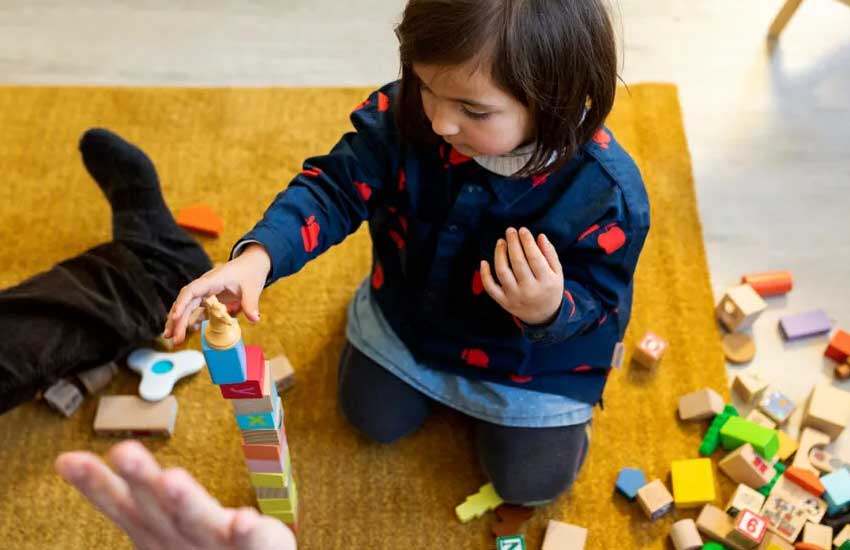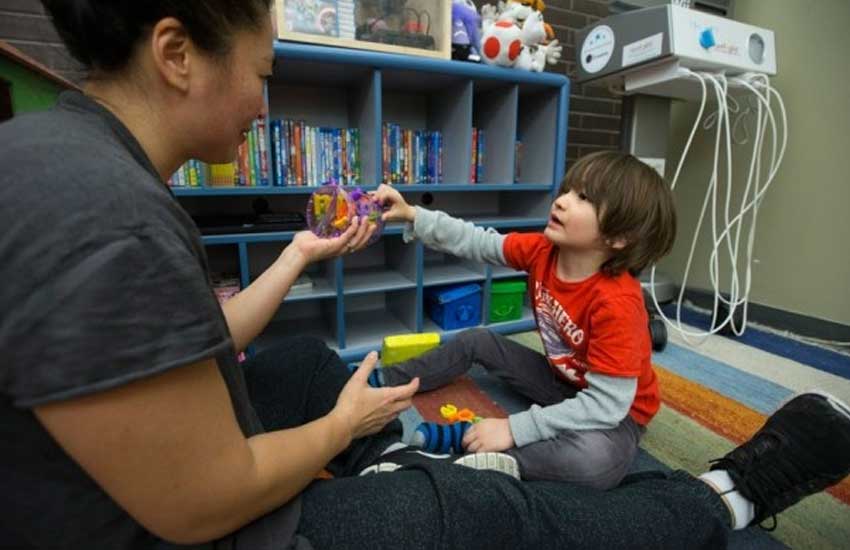Generalizing skills to new environments and/or new people is challenging for many children with autism. There are two ways to improve generalization. The most preferable is to implement intervention programs directly in natural environments (e.g., home, school, and community). By teaching children in natural environments where they live, learn, and play, generalization training is essentially built into the intervention.
When teaching in the natural environment is not feasible for some reason, your child can be taught skills in a non-natural environment (e.g., therapy room or special education classroom). In such situations, it is important to ensure that a systematic plan for generalizing skills to the natural environment is in place before a new skill is introduced.


